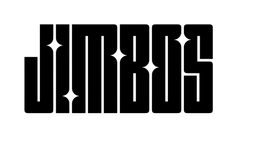Can You Clay a Ceramic Coated Car? Read This First
Ceramic coatings are known for their slickness, shine, and protection—but over time, they still pick up contamination. So can you safely clay a ceramic coated car without stripping the coating? Yes, but it depends on your approach.
In this post, we’ll explain when it’s necessary, how to do it right, and what to avoid so you don’t ruin your coating.
Why You Might Need to Clay a Coated Car
Even coated vehicles can accumulate brake dust, rail dust, or industrial fallout—especially if driven daily or parked outside. When this happens, water beading slows down and the surface starts to feel rough, signaling it’s time to decontaminate.
What Happens If You Clay a Ceramic Coating?
Claying always carries a small risk of abrading the surface. On a ceramic-coated car, this can slightly reduce hydrophobic performance or gloss—but with the right process, you can minimize or eliminate damage entirely.
The key is to use a gentle clay method with ultra-slick lubrication and light pressure.
Safe Way to Clay a Ceramic Coated Car
- Use a clay mitt instead of a traditional bar (less aggressive)
- Apply plenty of lubrication – we recommend The Super Soaper diluted in a pump foamer
- Use light, straight-line motions — no scrubbing or pressure
- Wipe with a clean microfiber towel after each section
- Spot test a small area before doing the entire car
Clay Your Coated Car Without Ruining It
- The Super Soaper – ultra slick clay lubricant
- Everyday Microfiber Towels – perfect for post-clay wipe-downs
- Tough As Shell – reboost your coating instantly
Trusted by detailers for safe maintenance of high-end coatings.
What to Do After Claying a Coated Car
If your ceramic coating still beads well after claying, you're good to go. But if you notice a drop in performance, apply a maintenance booster like Tough As Shell to revive hydrophobicity and gloss.
When You Should Avoid Claying a Coated Car
- Your coating is less than 30 days old
- You don't have access to high-lubricity products
- Your surface is already flawless and smooth
Related Posts



